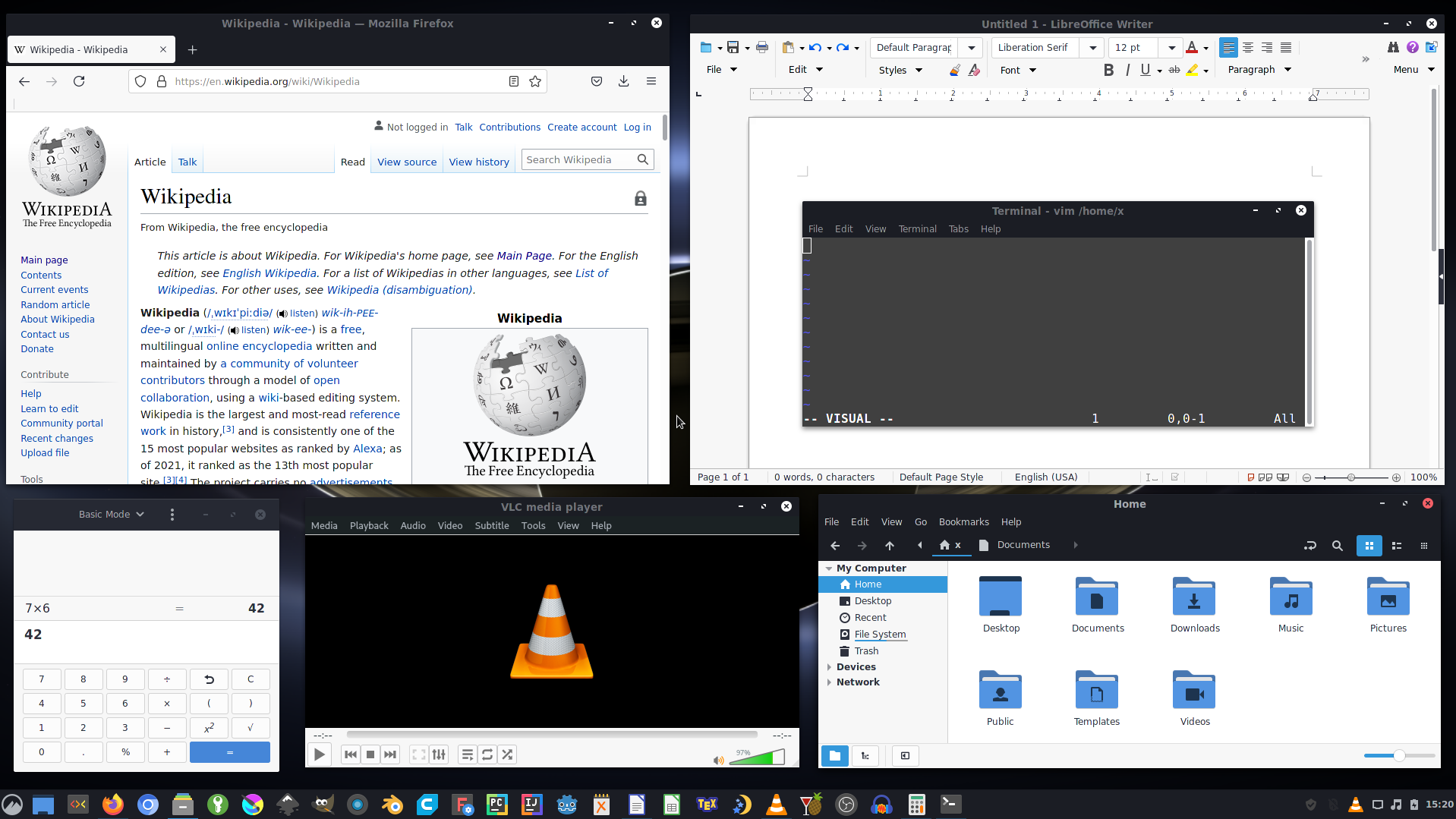|
TMDA
TMDA is an open-source software application designed to reduce the amount of junk email a user receives. TMDA's main difference from other anti-spam systems is the use of a challenge/response system that bulk mailing machines and programs are either unwilling (to save bandwidth) or unable (due to lack of programming) to answer. The technical countermeasures used by TMDA to thwart spam include: * Whitelists: Whitelists are essentially an ‘accept list’. All messages from addresses in these lists are automatically allowed through no matter what the content is. * Blacklists: Blacklists are a ‘block list’. All messages from addresses in these lists are automatically blocked. * Challenge/response (C/R): A controversial system in which challenge emails are sent to unfamiliar sending addresses in an attempt to validate those addresses and their associated emails. Legitimate senders who are not yet approved are thus tasked with an additional “response” effort in sending mail. ... [...More Info...] [...Related Items...] OR: [Wikipedia] [Google] [Baidu] |
Open-source Software
Open-source software (OSS) is computer software that is released under a license in which the copyright holder grants users the rights to use, study, change, and distribute the software and its source code to anyone and for any purpose. Open-source software may be developed in a collaborative public manner. Open-source software is a prominent example of open collaboration, meaning any capable user is able to participate online in development, making the number of possible contributors indefinite. The ability to examine the code facilitates public trust in the software. Open-source software development can bring in diverse perspectives beyond those of a single company. A 2008 report by the Standish Group stated that adoption of open-source software models has resulted in savings of about $60 billion per year for consumers. Open source code can be used for studying and allows capable end users to adapt software to their personal needs in a similar way user scripts ... [...More Info...] [...Related Items...] OR: [Wikipedia] [Google] [Baidu] |
Software Application
Software is a set of computer programs and associated documentation and data. This is in contrast to hardware, from which the system is built and which actually performs the work. At the lowest programming level, executable code consists of machine language instructions supported by an individual processor—typically a central processing unit (CPU) or a graphics processing unit (GPU). Machine language consists of groups of binary values signifying processor instructions that change the state of the computer from its preceding state. For example, an instruction may change the value stored in a particular storage location in the computer—an effect that is not directly observable to the user. An instruction may also invoke one of many input or output operations, for example displaying some text on a computer screen; causing state changes which should be visible to the user. The processor executes the instructions in the order they are provided, unless it is instruct ... [...More Info...] [...Related Items...] OR: [Wikipedia] [Google] [Baidu] |
Email Spam
Email spam, also referred to as junk email, spam mail, or simply spam, is unsolicited messages sent in bulk by email ( spamming). The name comes from a Monty Python sketch in which the name of the canned pork product Spam is ubiquitous, unavoidable, and repetitive. Email spam has steadily grown since the early 1990s, and by 2014 was estimated to account for around 90% of total email traffic. Since the expense of the spam is borne mostly by the recipient, it is effectively postage due advertising. This makes it an excellent example of a negative externality. The legal definition and status of spam varies from one jurisdiction to another, but nowhere have laws and lawsuits been particularly successful in stemming spam. Most email spam messages are commercial in nature. Whether commercial or not, many are not only annoying as a form of attention theft, but also dangerous because they may contain links that lead to phishing web sites or sites that are hosting malware or inclu ... [...More Info...] [...Related Items...] OR: [Wikipedia] [Google] [Baidu] |
Backscatter (e-mail)
Backscatter (also known as outscatter, misdirected bounces, blowback or collateral spam) is incorrectly automated bounce messages sent by mail servers, typically as a side effect of incoming Email spam, spam. Recipients of such messages see them as a form of unsolicited bulk email or spam, because they were not solicited by the recipients, are substantially similar to each other, and are delivered in bulk quantities. Systems that generate email backscatter may be listed on various DNSBL, email blacklists and may be in violation of internet service providers' Terms of Service. Backscatter occurs because computer worm, worms and spam messages often forge their envelope sender, sender addresses. Instead of simply rejecting a spam message, a misconfigured Message transfer agent, mail server sends a bounce message to such a forged address. This normally happens when a Message transfer agent, mail server is configured to relay a message to an after-queue processing step, for example, an ... [...More Info...] [...Related Items...] OR: [Wikipedia] [Google] [Baidu] |
